REFLECTIVE PRACTICE
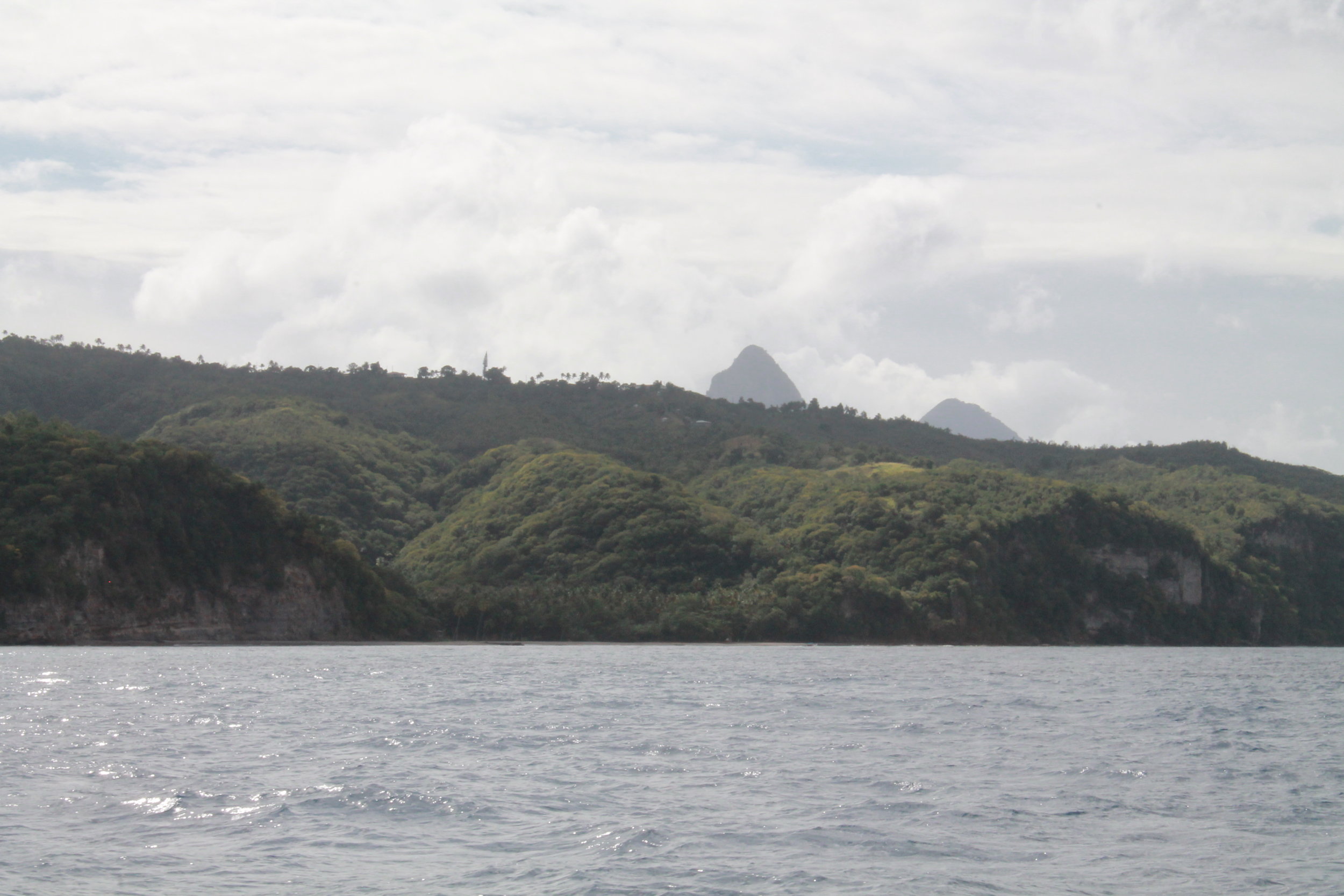
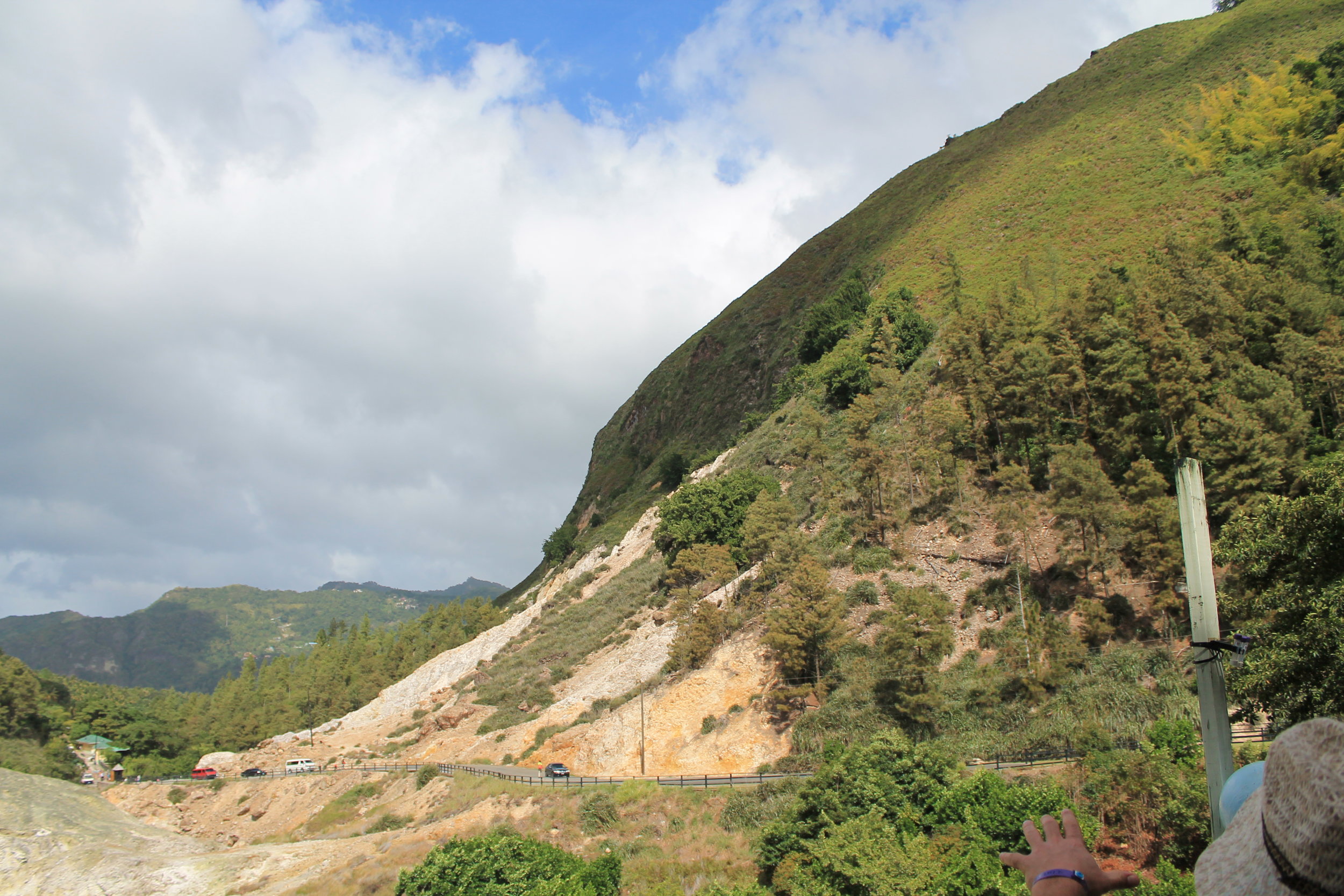
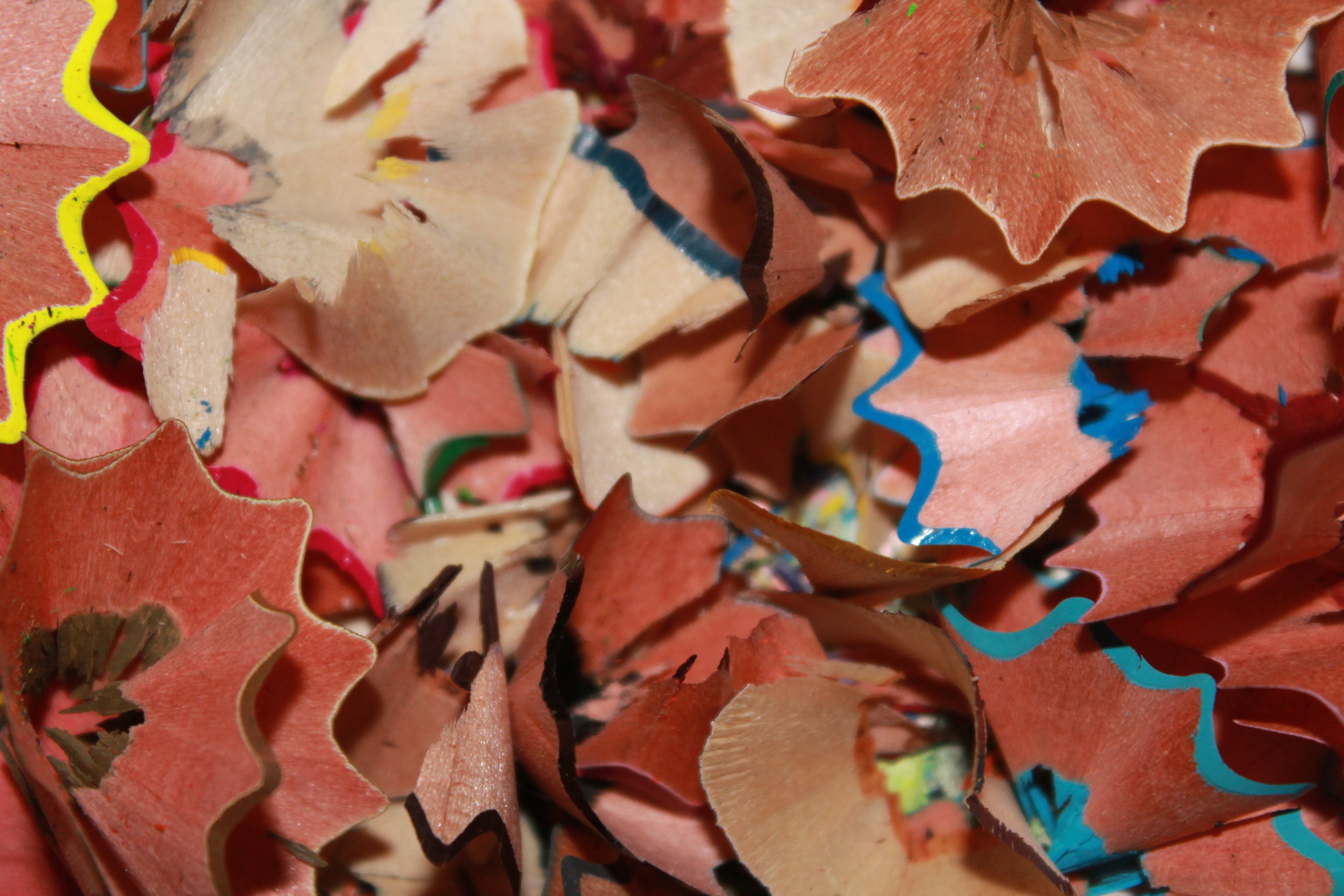
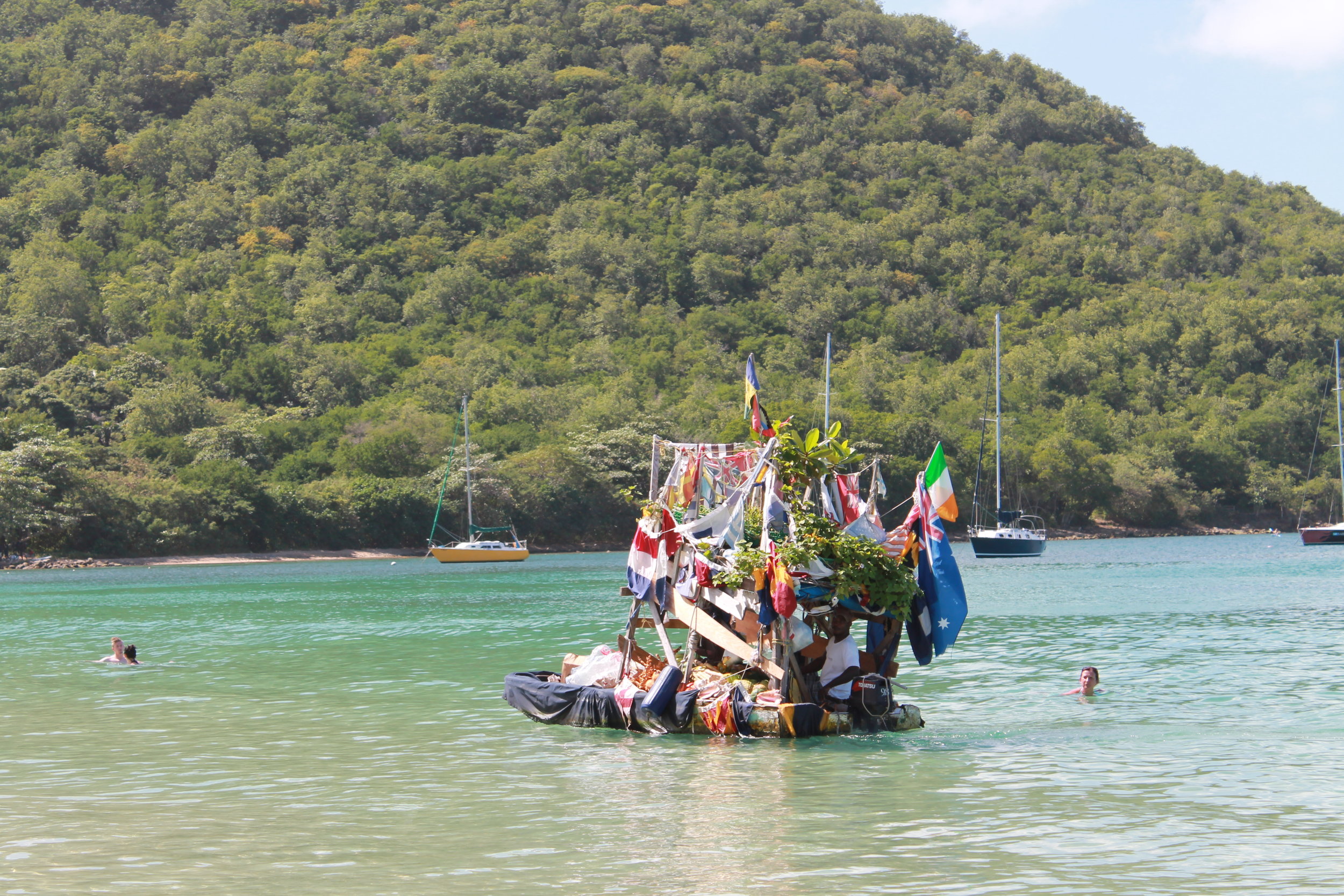

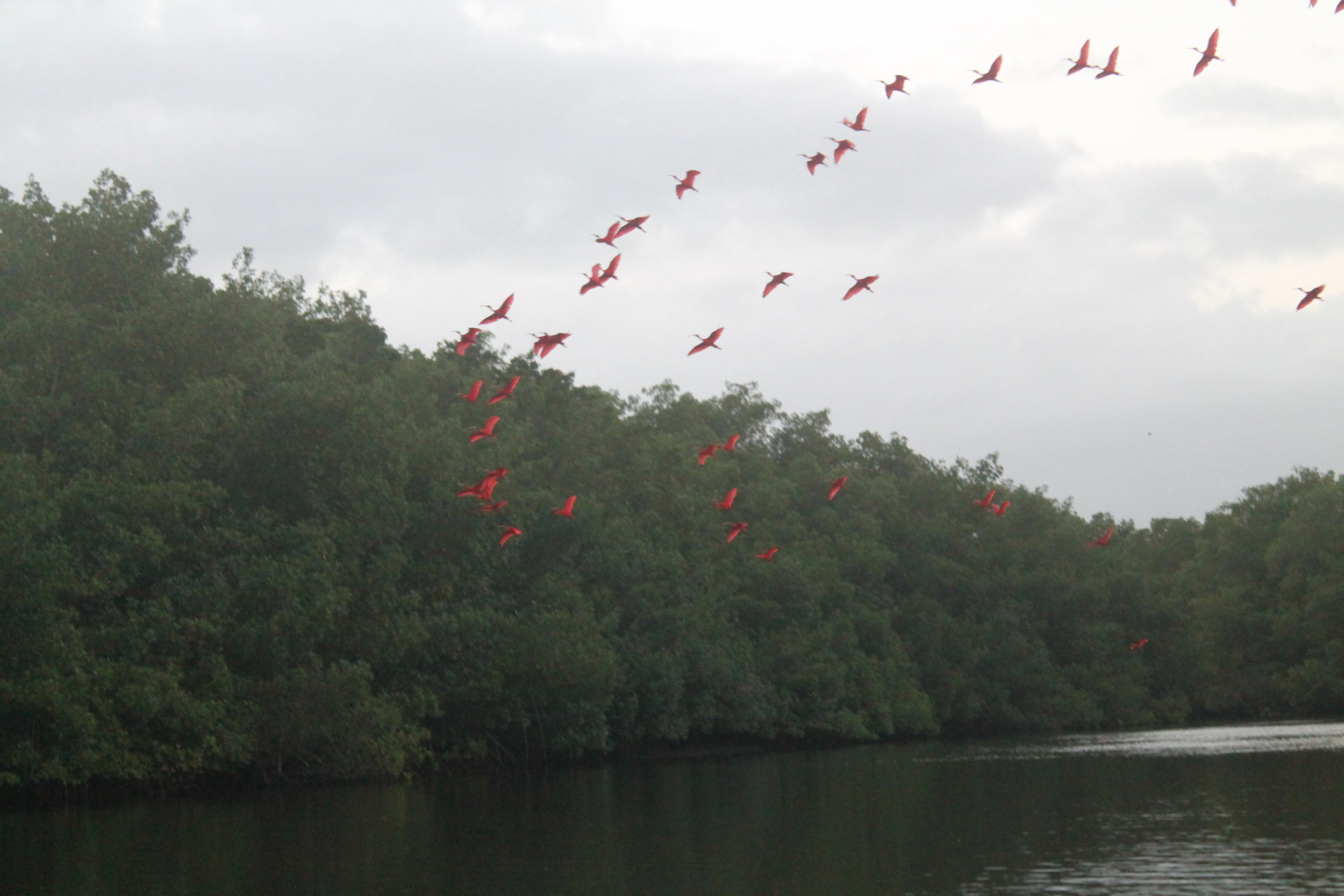
This is a summation of reflections made between September 2017 and presently. Highlights the small, yet collectively they demonstrate the great discoveries made in the teaching and learning journey.
BURTON’S REFLECTIVE MODEL: Reflection #1
October 19, 2017
WHAT?
I realized that current way that the course is being taught there is not room for creativity and innovation and there was a lot of rote learning. I myself was bored.
I am so bored.
So WHAT?
I now have a research assignment. This research assignment ask them to design their most environmentally friendly book. I gave them 4 required readings that will provide them with basic knowledge of pollution to critique the design of existing books, e-books and paper-based ones. The student was first then required to research and read about the different waste that is generated from the paper mill, electronic industries and then decide how the industries can be improved upon or all together create another industry. NOW WHAT? This semester, students were given more autonomy. At the end of the semester, they would have attended lectures that addressed problems associated with various industries or learnt how to categorize pollutants. However, designing their own book allows them to priorize criteria and internalize the information differently than when they attend the lecture. "
NOW WHAT?
This semester, students were given more autonomy. At the end of the semester, they would have attended lectures that addressed problems associated with various industries or learnt how to categorize pollutants. However, designing their own book allows them to priorize criteria and internalize the information differently than when they attend the lecture.
BURTON’S REFLECTIVE MODEL: Reflection #2
October 19, 2017
What?
In Pollution Biology (ESST 2006), I got an email at 5:56PM from the class representative. The subject heading read. “Lab 2: Students Complaints”. This is the email that I got in verbatim:
Dear Dr. Halfhide,
I've received complaints about the 2nd Lab for ESST 2006 and these were the issues students expressed:
- Time the lab started - lab began approximately a half an hour late, the time constraints and expectation to finish the lab at 6PM was very stressful on students (and demonstrators)
- Preparation - Lab assistants/demonstrators were disorganized and could not operate the equipment
- Lack of equipment/ test kits - it took most groups 10 -20 minutes to do one test because of the lack of test kits.
- Structure of Data collection was very disorganized, instead, each bench could have worked on one parameter (eg: Bench 1 could've worked of finding pH for different waters) and data could have been pooled after an hour or two leaving enough time for students to work on their write up.
Student Representative
Pollution Biology,
Jane Doe
Initially, I got dismissive as the email was sent prior to the allotted time. They were supposed to be in lab from 1:00- 6:00PM. Clearly I did not give them enough work if she could write a well-articulated email at 5:56PM.
I spent so much time during the summer methodically formulating the lab and the worksheet. This made me prideful but never got the opportunity to execute the lab. So this feedback is critical and should be used to make the lab better next year when it is run.
So What?
Then I thought about it some more. I used the same bullet points that the student representative laid out.
They were not privy to all the hurdles that I received prior to them walking into the lab.
Problem 1: The time the lab started
We were allocated demonstrators one week after the course started. The lab demonstrators did not do this lab prior. We did not train them to do the copper and aluminum water quality tests. I was training them in those 30 minutes prior to them walking in.
Problem 2: Preparation - Lab assistants/demonstrators were disorganized and could not operate the equipment
Again, the demonstrators did not do the lab prior and they could not have been trained during the summer period, as their contracts do not allow them.
Problem 3: Lack of equipment/ test kits - it took most groups 10 -20 minutes to do one test because of the lack of test kits.
The class size had doubled from Lab 1 and Lab 2. We had 40 odd students in Lab 1 and then 73 in L ab 2.
Problem 4: Structure of Data collection was very disorganized, instead, each bench could have worked on one parameter (eg: Bench 1 could've worked of finding pH for different waters) and data could have been pooled after an hour or two leaving enough time for students to work on their write up.
In the objectives, the students were to learn how to test the different (four) brands of water using the 8 identified parameters.
Now What?
What was my action plan? I had a lecture for the same course the next day. So I did address these 4 identified problems at the beginning of my lecture.
CATS reflection using Burton’s Model
December 8th, 2017.
What?
I utilize a number of classroom assessment techniques (CATS), with the muddiest point (Angelo and Cross, 1991) and problem recognition tasks being the most common ones that I utilize. I love CATS, as it allows for faster instructor feedback, as to whether students understand the material covered in any given lecture. One of the major problems that I face with formative assessments is the time delay between the students taking the exam and the time they get back their grades and feedback (especially if the class is large). More real-time feedback is needed within the contact time. For this blog, I wish to highlight my novel problem recognition tasks application that I will be using in one of my Pollution Biology (ESST 2006) classes.
So what?
In Pollution Biology (ESST 2006), the class size is big ( more than 80 students) and is hosted in Lecture Room A1 in the Teaching and Learning Complex and the seats are arranged in a very formal manner with little room for interaction amongst students. It is estimated by Bowell, 1999 that,
“80% of college professors lecture more than 80% of the time”
There is a need for active learning. To get students more engaged and active, I will have a group of students do a hand- washing exercise.
Now what?
In this hand-washing exercise, I would ask students, “Have you ever experienced food poisoning, cholera or gastro?”, as my bridge. The idea was simple. Most people have personally experienced being sick by drinking contaminated water or food. United Nations, 2017 estimated that every 20 seconds a child dies from poor sanitation. We can therefore seek to identify solutions to this complex, global problem by looking at the various realms using problem recognition tasks.
I did a pre-assessment by asking students, “What is the suggested time for anyone to wash their hands?” Guess what? Most people had no clue and washed their hands incorrectly all these years. Every single time, we use the bathroom or before we eat, we are all supposed to be washing our hands for 20 seconds. Students were asked to put their hands in a small container with oil and then coffee beans. They were then given soap and asked to wash their hands one by one, one after the other. A total of 5-6 students did this in a clear bowl. The bowl was clear, so everyone could see that as the exercise progressed, the water got more visibly cloudy and the fifth or sixth person washing their hands, had the dirtiest water to use. The other students in the audience were given the following terms to consider or recognize one realm to a complex problem the activity’s was trying to reflect:
- Infrastructure
- Education
- Governance
- Water budget
These are four different sub-categories or problems to recognize that influence waster sanitation and are symbolically depicted in the class activity. There were inadequate infrastructural investments, so that all persons did not receive a sufficient, clean water supply. In addition, many people were unaware of how long they should be washing their hands or the biology behind hand washing. Public health education plays a huge role in the now taken for granted practice. Why exactly is soap effective against viruses and bacteria? It simply lies in the facts that it is able to bind to the hydrophobic and hydrophilic portions of these infectious agents. When we consider governance, who governed the persons allowed to wash their hands first? It was on a first come, first serve basis. This problem could be expanded to consider water wars, where countries fight for water usage. Similarly, the water quality and quantity needs to be considered. Not everyone got the same supply of clean water. The first person arguably got the most and best quality water. In my post, assessment I asked the class, “.What problems other than basic hand washing increases overall water sanitation and hygiene?” All students were able to amply discuss the factors.
It is noted by most educators in the STEM fields that breaking the technical material into smaller chunks with more real- world examples promotes critical thinking and learning (Bowell, 1999 and Cross and Angelo, 1988). I believe that this new approach of combining CATS (Problem Recognition Tasks) and BOPPPS facilitated for greater student engagement and understanding. When teaching the material previously, I only considered one facet, the microbiology or micro-organisms that cause disease. Students do not appreciate the complex nature of sanitation as a public health concern. They can also conceptualize the complex nature of sanitation problems in a tropical , small island developing states, such as Trinidad and Tobago.
References:
Angelo, T. A., & Cross, K. P. (1991). Classroom assessment techniques. San.
Cross, K. P., & Angelo, T. A. (1988). Classroom assessment techniques: a handbook for faculty.
Vanderbuilt University, 2018. Last access online: April 11, 2018. Available online at: https://cft.vanderbilt.edu/guides-sub-pages/cats/
Educational Technology
February 7th, 2018 .
“Be Brave. Take risks. Nothing can substitute experience.”- Paul Coelho
Educational technology is the use of techniques and tools in facilitating more effective learning. It is a conscious reflective process, whereby the techniques and tools should be appropriately chosen to meet the needs of the students. My teaching strategies utilize many different traditional and non-traditional technologies. In the classroom and labs, technology allows for students to be more engaged with the material. Ibrahim (2017) highlights the role of learners changing with technological innovations, where learners are active participants. I see myself as a facilitator, and the technology allows me to do quick assessments in class using polls. I also use PowerPoint, myelearning, email and the traditional whiteboard and markers. I get my students to come to the front of the class and get them to also use and familiarize themselves with the technologies.
I try to think about innovative ways to capture the students’ attention. I spend a lot of time researching the topic and pop culture and try to marry both. For example, I played Iwer George’s water soca song before starting my water pollution lecture. Some of these Bridge in techniques work, while others do not. I guess experience will be my best teacher and I will continue to try different things. I think that my use of technologies is dependent on my personal experience that I had with the particular technology. I think that if I found a game app useful, I would recommend it. However,if it was not a wise time investment, I will not use it when teaching. I believe that science gaming apps would be innovative and the future but I am a little scared that it would create a further divide between privileged and disadvantaged background students.
Although, I am not attached to one particular educational theorist, I believe that I utilize B.F. Skinner’s behavioral model when assessing students but daily operationalize Bruner’s model by the use of enquiry-based learning and experiential learning. Having this approach with my students seems to be fruitful. They know that I have high expectations for them and having an enquiry-based, technology-filled experience accommodates a student population with differing, growing needs.
References:
Alamin, A. A., Shaoqing, G., & Le, Z. (2015). The development of educational technology policies (1996-2012) lessons from China and the USA. International Education Studies, 8(6), 142.
Ibrahim, H. G. (2017). Utilization of Innovations and Techniques of Educational Technology in Delivering of Educational Practicum and Its Impact on Increasing Academic Achievement among Pre-Service Teachers. Journal of Education and Practice, 8(8), 185-195.
What are the skills needed for a knowledge society?
February 17th, 2018.
The expectations of the educational system has changed in this digital era. Bates rightfully describes the sometimes misaligned world, where teaching methods are supposed to be aimed at transferring specific skills for the dual purpose of knowledge development and dissemination, while preparing graduate for a work environment. Teaching in many regards has regressed as numbers have generally increased and educational administrators focus on marketability and certification, and less on the questioning, exploration of idea and presentation of alternate viewpoints and critical skills development. There need to be more done to ensure that these essential skills are not lost, as these are really what are needed in a knowledge-based society.
“Universities are fundamentally about the creation, evaluation, maintenance and dissemination of knowledge.”- Bates, 2015
While, I believe that universities need to be able to make learning more personal and accessible, I think that it is important for an academic institutions ensure that they distinguish themselves from other entities. A university is not to dilute its content to the point where it is everyday knowledge and the technical knowledge is lost. Academic knowledge has logic and reason, and has the ability to go between abstract and concrete ideas. Academic freedom is important in an ever changing western society. I am continuously asking myself,
“What is the UWI’s identity? Has this changed over time? As the learning environment is quite different when I was a student.
I believe that I have a constructivist approach in regards to science, research, teaching and the use of technology. After completing my doctoral tenure and realizing that learning has only begun and I am not tied to a clock, I was able to more freely explore without the direction of a research adviser. I utilize many different sources of materials in environmental research. In addition, I encourage my students to use different educational apps, such as ‘Commute Green’ to understand how personal everyday decisions influence environmental impacts. I think that as I learn more, the evolution of use of technology would change as I define and redefine my style.
Thoughts of the Role of Technology
March 3rd, 2018
I use a number of different technologies and media when teaching and integrating teaching and research. I use all of these with one major objective in mind. My key objective it to ensure that there is active participation and engagement among my student learners. This itemizes the ‘A’ and ‘S’ in the ASSURE model by Heinich et al, 1999. This For this reason, I am constantly evaluating which technology is most appropriate to meet my learning objectives. In believe that this is particularly important in a small island context, such as Trinidad and Tobago and given that most of my students are within the age group of 18 to 25. My technologies range from simple whiteboard and marker to preparing paper slide videos, using a personal website to share research papers, teaching experiences, Moodle, YouTube Videos and PowerPoint lectures.
In Trinidad and Tobago, the student and research audience in small, when you are comparing the University of the West Indies to other Universities in the United States and European countries. In addition, many students face administrative difficulties and gaining access to Moodle when you have not gotten financial clearance, etc may mean students cannot access key resources for the courses that I teach. To ensure that all students are able to gain access to key resources and information, I duplicate my efforts. I put the information on the Moodle/ myelearning platform and on my personal website. On my personal website, I have links to all the course resources and my research papers that I published are uploaded. Having a personal website allows me the flexibility and convenience to update the webpages and present the information that I think the learner gains the most from. This also ensures that the students can access the information, when it is convenient for them to do so.
According to Bligh, 1998 lectures transit information but they do not stimulate interest in the subject area. I try to engage the students even when using PowerPoint presentations, by breaking down the topic into smaller chunks and making them discuss various key concepts. When doing calculations, students are asked to come up on the whiteboard and show their working. They generally do not like to be called on but the possibility that they may be called on ensures that the student remain attentive. They need to practice and get accustomed to peer review, to learn more. I want my students to be critical thinkers and the traditional lecture style does not allow them to be placed in situations that require them to think and draw inferences (DeLisle et al., 2010). So I make my assignments summative and scenario based, so they have to internalize the information from different sources. Most of them use different software, such as electronic word cloud and mind maps to illustrate their understanding of key concepts.
I want to learn more different methods to integrate technology and learning, as this will allow the UWI graduate to be internationally competent and competitive. I have to spend more time researching cell phone apps that teach students technical concepts. I downloaded the National Oceanographic and Atmospheric Administration (NOAA) offset app. While, this app is fun with many virtual simulations similar to Super Mario Brothers, there is very little technical knowledge about carbon offset to be gained beyond the elementary level. The general aim is for the user to reduce carbon levels by reforestation and capping the power plant flue gas contributions by touching them on the touch screen. I would love to eventually develop self- assessment games for my students to have fun while meeting the learning objectives covering the very technical, scientific concepts.
References:
Morris, J. A., & Wilson, A. A. (2017). Designing a Flipped Classroom in a Higher/Teacher Education Context in the Caribbean. Flipped Instruction: Breakthroughs in Research and Practice: Breakthroughs in Research and Practice, 274.
Handling students' feedback with care
What?
I am going to review Pollution Biology: ESST 2006. I am choosing the review the students’ comments as this course received the highest CETL survey response rate (22.5%) and believe the feedback was useful. In 2016, this was the first time I taught the course and felt the least confident and tried to redesign it after inheriting it from a former instructor. I only have feedback for the 2016/ 2017 semester. My overall performance was satisfactory ( see figure below). I tried to skim all responses prior examining them more closely and to categorizing them. I divided the feedback into three general themes:
1. Delivery of content
2. Assessments
3. Feedback
Delivery of content
Most students (mean of 3.8 and median of 4) believed that the material was presented in a manner that was easy to follow and found that I used the online platform (Moodle) effectively. Some of the students found that the material was enlightening and informative. Some students would have liked more information on the slides, but I would prefer to have additional information, such as technical articles, available on Moodle and have them discuss different concepts that they found difficult to grasp.
Assessments
Most of the students could see the application of the material to real- world problems with the use of summative and scenario- based research papers. In addition, field trips and laboratory session facilitated experiential learning. Some students appreciated the labs but others thought that the labs could be more organized. Each class in this program was supposed to have a maximum of 30 students, but I had 80. Hence, the lab equipment was scarce for the volume of students.
So what?
Some of these discussions could replace tutorials or be in conjunction to face to face tutorials, as one of the complaints received was the number of tutorials. There were suggestions that there could be more interactions that would include practice questions and discussions. This again can be facilitated through Moodle. Since Semester I, more equipment was ordered and lab demonstrators have more experience. I did get a more neutral opinion, when it came to the feedback on labs and demonstrators.
Now what?
I think that I will be utilizing technological application to improve the tutorial and online discussion facilitation. This will allow for more peer feedback, where I may be deficient. I honestly believe that my feedback could improve and has improved since that semester. Although, I held tutorials to guide them through their research projects and they received immediate feedback, I did take 3 weeks for them to receive feedback for their research project (10% of their final grade). There were only a few more students that believed that my feedback was very helpful (Figure 2). Since the inception of the CUTL program, I have become more aware of the importance of feedback. I gave audio feedback for the first time this semester for another course (ESST 3006) and then executed a poll through the Moodle platform. In a class of 60, 18 did the poll. 12 of these 18 (a third of the) students indicated that they prefer the audio feedback to text feedback. So in the future, I will include more opportunities for online and audio feedback. If I am not able to give timely feedback, I will solicit feedback from their peers.
April 4th, 2018
Reflections of the watching my videoed lab session
What?
Initially it can be uncomfortable to watch yourself conducting a class and then formulate opinions about yourself. I quickly understood its importance. I do not think that I am not the most articulate person and if students are to get the best experience, I should maybe think through the possibilities of Murphy's Law. The lab class is at capacity. I think that the class should be small or I should only ask a few students to come up to the front to demonstrate while the others observe.
Now what?
I think that they did enjoy the interactions, if I were to judge by their expressions on their faces. I think that I may need to use a mic in class, as I am a small person and my voice may not project as loudly as I like. Using a megaphone may be overkill, but it will certainly give me more presence.
I then recently reviewed the lab handout and the learning objectives could have been clearer. What does "understand" really mean?
Reflections of the lab
I think that it was useful through Moodle and YouTube to see if the students were accessing the resources independently. I wanted to compare the same setting when comparing teaching, so I again used a laboratory session to make changes. Being able to see the statistics allowed me to make an informed decision to spend the few minutes to have them watch the video and not to go forth with assumptions. I think that I have changed my handouts since to be more descriptive and the assessments now are quite different and require the application of knowledge. I think that the students were a bit confused, as the demonstrators themselves did not come prepared and gave them incorrect technical information. I think that in the future, I will be testing my demonstrators and give them a quiz.
The Journey of Teaching and Learning (…To be Cont’d)
April 5th, 2018.
What?
Many see learning as challenge, but I see that this year was very fruitful. If we think about it, learning and effort are both crucial in maintaining a healthy body and mind.
So what?
Learning is a journey. It has pushed me in a number of ways. I learned educational theories, such as B.F Skinner's Behavioral model that I can use in my classroom, as well as my personal life. I have realized that students and my son are more motivated to learn, when they have a positive experience. So I try to capitalize the learning environment and create different environments to consider learning styles. Using the BOPPPS, for flipped pre-labs can facilitate more efficient use of the time in the lab and allow the students to review the material again after the lab.
I appreciated the learning process and time spent getting to know other academic faculty members. Lorale and I will be working on a technical water treatment paper together. This experience was beneficial for the networking. Luke and I will be working to try to get an educational paper together with the data that I collected from an online survey conducted in ESST 3006 (Fundamentals of GIS).
Now what?
Although I learned a lot, I think it is up to me to continue to strive, move forward and continue to learn. I need to reflect continuously and utilize the tools and skills that I learned throughout the CUTL experience.
Final Sentiments
April 15th, 2018.
When I first started teaching, it felt like one of my first swim classes. I was learning to tread water and wanted to survive the whole ordeal. I wanted whatever assistance anyone more senior could offer and accepted slides from previous instructors, if they were available. I remember having that feeling that I had to fill all the audible void spaces, so there will not be any awkwardness. I will lecture the entire 50 minutes until I was breathless... I thought. Wow!! I did a good job by covering all this material. I never considered using a lesson plan or process. I just had to give all conceivable information regarding the topic. I did use a grading scheme for each assignment, exam and test. I did utilize technology, but not in a systematic way. I used Moodle to only distribute reading material and lecture slides. I also did some chalk and talk and problem solving on the white board. I gave some assignments, where students had to do a video, but again this was not very systematic. I did have an eportfolio prior, but it was mainly to network with persons outside of the university. I think that it may be useful for students to develop an ePortfolio and demonstrate their skills, such as Geographic Information Systems (GIS), mapping capabilities.
I have included my proposal for an innovative educational lab that I have been keen on keeping feedback for the past three years for my ESST 3006 students. For more, please press the tab below.







